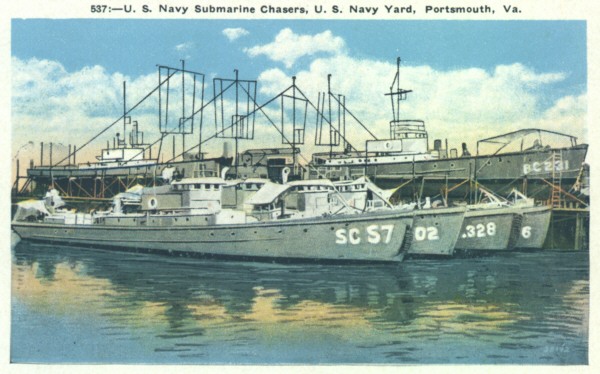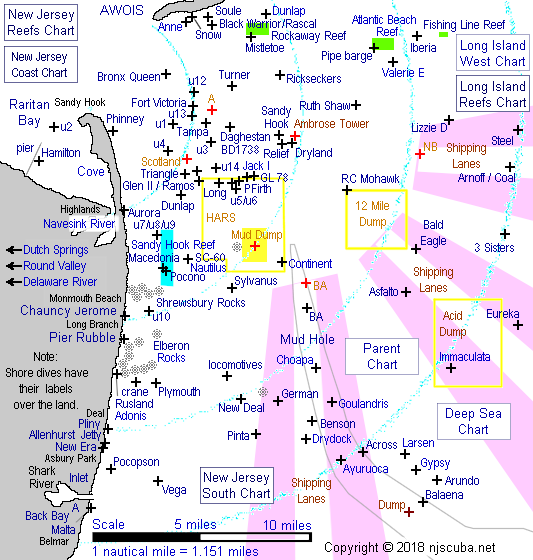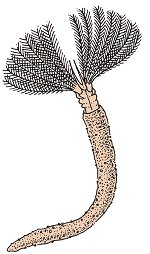Sub Chaser SC-60

- Type:
- shipwreck, submarine chaser, U.S. Navy
- Built:
- 1917, New York NY USA
- Specs:
- ( 110 x 14 ft ) 85 tons
- Sunk:
- Tuesday October 1, 1918
collision with tanker Fred W. Waller - 2 casualties - Depth:
- 45 ft
Sub Chasers were lightly built, with wooden hulls and gasoline engines. The three engines would be the largest remains, if indeed there are any.
from AWOIS: 1571
FE330SS/89 -- OPR-C147-HE-89; CONTACT #1 FROM SURVEY H-10284; DIVER INVESTIGATION FOUND A LARGE MASS OF WOOD AND STEEL WRECKAGE OF UNDETERMINED TYPE; BADLY DETERIORATED AND RISING 10 FT OFF THE BOTTOM; EVALUATOR FOR H-10284/88 SPECULATED THAT THIS MIGHT BE AWOIS ITEM 1570, HOWEVER, DIVERS FROM THIS SURVEY REPORTED THAT THE WRECKAGE DID NOT RESEMBLE A TUG; LORAN C RATES: 9960-W 15491.8, 9960-X 26937.5, 9960-Y 43654.5, 9960-Z 59840.0; LORAN POSITION IS CLOSE TO LORAN RATES PROVIDED BELOW BY RICHARD TARACKA FOR WRECK HE IDENTIFIED AS SUB CHASER; THE WRECKAGE FOUND DURING THIS SURVEY HAS BEEN ENTERED INTO AWOIS AS ITEM 8071 PENDING ADDITIONAL INFORMATION TO VERIFY IDENTITY. (UPDATED MSD 7/91)
www.splinterfleet.org



Questions or Inquiries?
Just want to say Hello? Sign the .